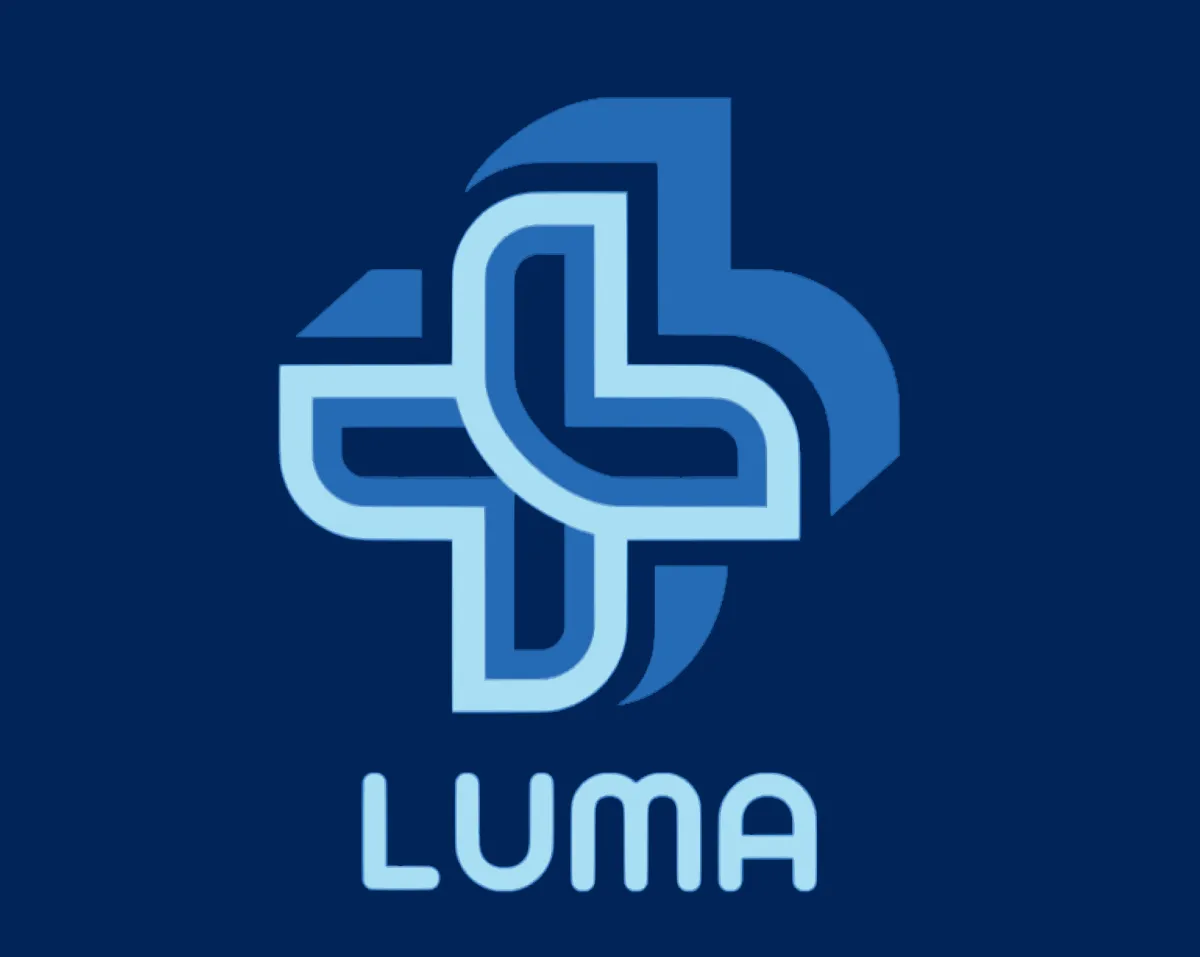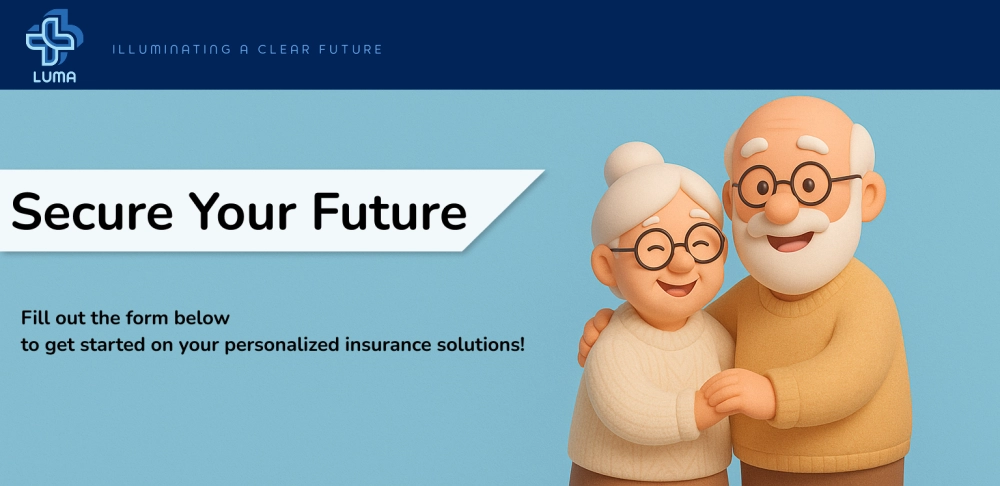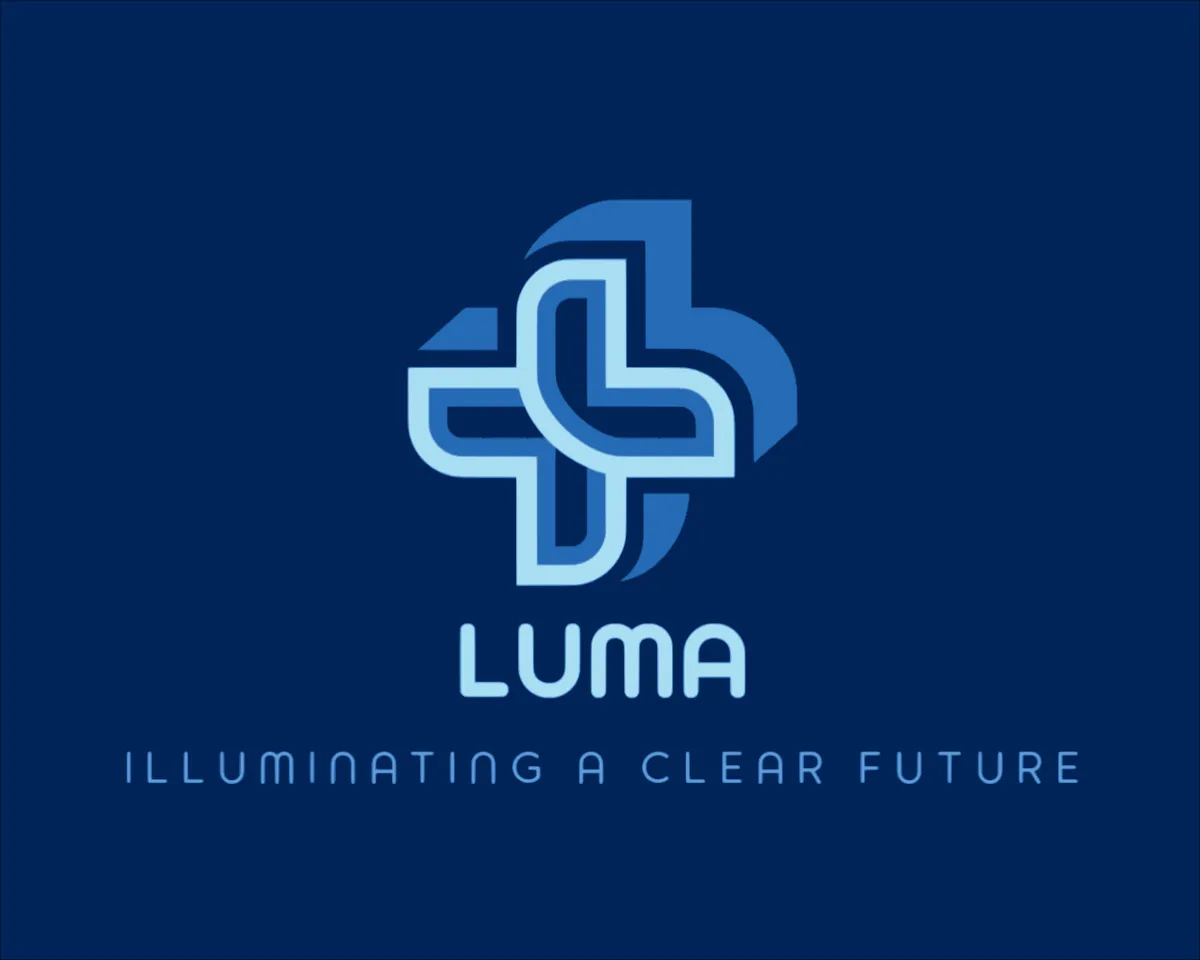
Understanding the Low Income Subsidy (LIS) for Medicare Beneficiaries
Understanding the Low Income Subsidy (LIS) for Medicare Beneficiaries
The Low Income Subsidy (LIS), also known as Extra Help, is a federal program designed to assist Medicare beneficiaries who have limited income and resources with the cost of their prescription medications. The program aims to reduce the financial burden of prescription drug costs, making medications more affordable for those who qualify.
What is the Low Income Subsidy (LIS)?
The Low Income Subsidy is part of the Medicare Part D program, which helps cover the costs of prescription drugs. LIS assists eligible individuals by reducing or eliminating the premium, deductible, and co-pays for Medicare Part D plans. This can be a major relief for beneficiaries who might otherwise struggle with out-of-pocket costs.
Who Qualifies for the Low Income Subsidy?
Eligibility for LIS is based on income and resources. To qualify for Extra Help, an individual must meet the following criteria:
Income Limits: Your yearly income must be below a certain threshold, which is adjusted annually. For 2025, the income limits are typically about $20,000 for an individual or $27,000 for a married couple (these figures may vary slightly depending on your state).
Resource Limits: You must have limited resources, which can include bank accounts, retirement savings, and other assets. The resource limit is typically around $15,000 for an individual and $30,000 for a married couple (again, these numbers may vary by state).
Citizenship and Residency: You must be a U.S. citizen or a lawfully present non-citizen, and you must reside in one of the 50 states or the District of Columbia.
How Does the Low Income Subsidy Help?
LIS can help reduce the costs associated with Medicare prescription drug plans in a few key ways:
Monthly Premiums: LIS may pay all or part of the monthly premium for a Medicare Part D plan, depending on your income and resources. This can significantly reduce the cost of coverage.
Deductibles and Copayments: Extra Help can lower or eliminate the deductible, which is the amount you must pay before your Medicare Part D plan starts covering prescriptions. It can also reduce copayments or coinsurance costs for medications, making it more affordable to access needed prescriptions.
Donut Hole Assistance: The "donut hole" refers to the coverage gap in Medicare Part D, where beneficiaries pay a higher share of prescription costs after a certain limit is reached. LIS helps to reduce or eliminate the costs during this gap, providing further financial relief.
How to Apply for the Low Income Subsidy
If you think you might be eligible for LIS, there are a few ways to apply:
Online: You can apply for Extra Help online through the Social Security Administration (SSA) website. This is the fastest and easiest way to submit your application.
Phone: You can apply by calling the SSA at 1-800-772-1213. Be prepared to provide information about your income and resources.
In-Person: You can also apply at your local Social Security office. Visit the SSA website to find the nearest office.
Medicare Plan: Some Medicare Part D plans may assist in the application process, helping you apply for Extra Help directly through your insurer.
What Happens After You Apply?
After you submit your application, the SSA will review your income and resource information to determine if you qualify. If you're approved, you'll receive a notice detailing the level of assistance you will receive. This can include a reduction in your premiums, co-pays, and deductibles.
Why It’s Important to Apply for LIS
For many Medicare beneficiaries, prescription drug costs can become a significant financial strain, especially for those with chronic conditions or multiple medications. The Low Income Subsidy helps make these costs more manageable, ensuring that seniors and people with disabilities can access the medications they need to maintain their health and quality of life.
If you’re unsure whether you qualify for LIS or need help navigating the application process, consider reaching out to a licensed insurance agent or using the resources available through Medicare. This program could be a game-changer in making your healthcare more affordable.
Conclusion
The Low Income Subsidy is a vital resource for Medicare beneficiaries with limited income and resources. By providing assistance with prescription drug costs, LIS makes it easier for individuals to afford necessary medications, improving both financial security and overall health outcomes. If you or someone you know might qualify, don’t hesitate to apply and take advantage of the help available.



